Home>Technology>Security & Surveillance>How To Lock A Sliding Door
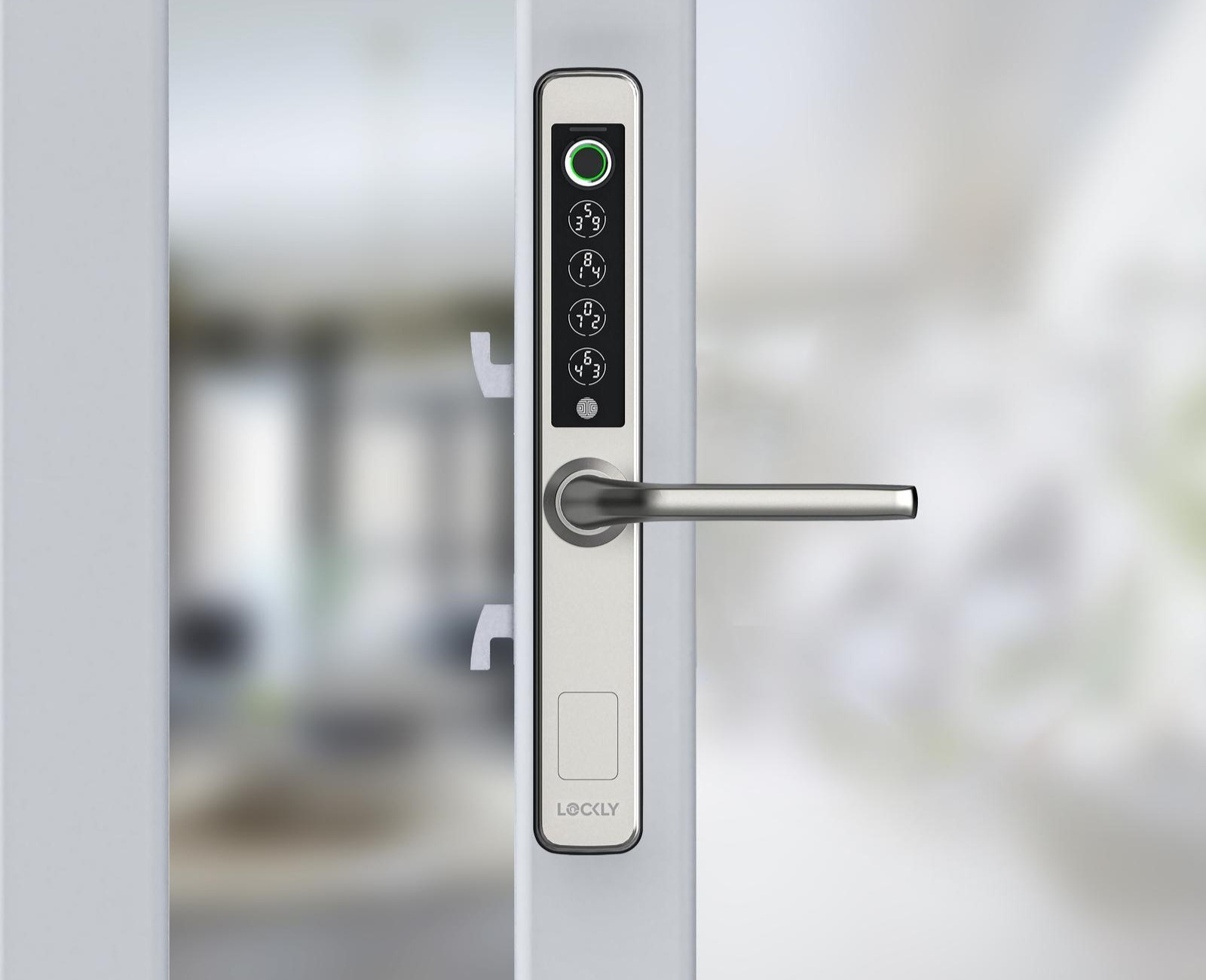

Security & Surveillance
How To Lock A Sliding Door
Modified: January 9, 2024
Learn how to effectively secure your sliding door with our comprehensive guide on security and surveillance. Protect your home with these expert tips and techniques.
(Many of the links in this article redirect to a specific reviewed product. Your purchase of these products through affiliate links helps to generate commission for Storables.com, at no extra cost. Learn more)
Introduction
Read more: How To Install Sliding Door Lock
Introduction
Welcome to the world of home security, where safeguarding your loved ones and valuables is of paramount importance. When it comes to securing your home, one area that often requires special attention is the sliding door. While sliding doors offer a seamless transition between indoor and outdoor spaces, they can also be vulnerable entry points for intruders if not properly secured. In this comprehensive guide, we will delve into the various types of sliding door locks and provide step-by-step instructions on how to effectively secure your sliding door. Additionally, we will share valuable tips to enhance the overall security of your sliding doors, ensuring peace of mind for you and your family.
Types of Sliding Door Locks
Key Takeaways:
- Choose the right sliding door lock based on your security needs and aesthetic preferences. Surface-mounted, mortise, keyed, loop locks, and security bars offer different levels of protection and visual appeal.
- Secure your sliding door by clearing the track, ensuring proper alignment, engaging the lock, and testing its effectiveness. Enhance security with additional measures like security film, window coverings, and motion-activated lighting.
Types of Sliding Door Locks
When it comes to securing sliding doors, there are several types of locks available, each offering unique features and levels of protection. Understanding the different options will help you make an informed decision based on your specific security needs. Here are the most common types of sliding door locks:
- Surface-Mounted Sliding Door Locks: These locks are installed on the surface of the door and are typically operated with a key. They provide a visible deterrent to potential intruders and are available in various designs to complement different door styles.
- Mortise Sliding Door Locks: Mortise locks are installed within the door frame, offering a sleek and discreet security solution. They often feature a hook-shaped bolt that secures the door in the closed position, providing enhanced resistance against forced entry.
- Keyed Patio Door Locks: Keyed locks provide a high level of security by requiring a key to lock and unlock the door. They are available in both single and double cylinder configurations, with double cylinder locks requiring a key from both the inside and outside.
- Sliding Door Loop Locks: Loop locks are simple yet effective, consisting of a metal loop that attaches to the door frame and a locking bar that secures the door in a closed position. They are easy to install and offer an additional layer of security.
- Security Bars and Grilles: These physical barriers are designed to prevent the sliding door from being forcibly opened. Security bars can be adjusted to fit the door’s width, while grilles provide a decorative yet robust deterrent against intruders.
Each type of sliding door lock has its own advantages and considerations. Factors such as ease of installation, aesthetic preferences, and desired level of security should be taken into account when selecting the most suitable lock for your sliding door.
Steps to Lock a Sliding Door
Read more: How To Open Sliding Door Lock
Steps to Lock a Sliding Door
Securing a sliding door involves a series of simple yet crucial steps to ensure that it provides the protection your home needs. Follow these steps to effectively lock your sliding door:
- Inspect the Door and Track: Begin by examining the sliding door and its track for any debris, damage, or obstructions. Clear any dirt or debris from the track to ensure smooth operation.
- Close the Door Securely: Gently slide the door into the closed position, ensuring that it fits snugly within the frame. Proper alignment is essential for the locking mechanism to function effectively.
- Engage the Locking Mechanism: Depending on the type of lock installed, follow the manufacturer’s instructions to engage the locking mechanism. This may involve turning a key, sliding a bolt, or activating a loop lock to secure the door in place.
- Test the Lock: After locking the sliding door, perform a quick test to ensure that the lock is fully engaged and the door cannot be easily jiggled or forced open. This step is crucial for verifying the effectiveness of the locking mechanism.
- Install Additional Security Devices: Consider installing supplementary security devices such as a door sensor alarm or a security bar to further reinforce the sliding door’s resistance to unauthorized entry.
By following these steps, you can confidently secure your sliding door, providing an added layer of protection for your home and loved ones. Regular maintenance and periodic checks of the locking mechanism will help ensure continued security and peace of mind.
Additional Tips for Securing Sliding Doors
Additional Tips for Securing Sliding Doors
Enhancing the security of your sliding doors goes beyond the installation of locks. Consider implementing the following tips to fortify the overall protection of your sliding doors:
- Install Security Film: Apply a protective security film to the glass panels of the sliding door. This film acts as a deterrent against forced entry and helps prevent shattering upon impact.
- Utilize Window Coverings: Consider using blinds, curtains, or shades to obscure the view through the sliding door. This not only adds privacy but also conceals potential valuables from prying eyes.
- Upgrade to Laminated Glass: If feasible, consider upgrading to laminated glass for added impact resistance. Laminated glass is designed to withstand greater force, making it more challenging for intruders to breach.
- Implement Motion-Activated Lighting: Install motion-activated lights in the vicinity of the sliding door to illuminate the area in response to movement. Well-lit surroundings act as a deterrent and improve overall visibility during nighttime.
- Utilize Security Cameras: Position security cameras to monitor the area surrounding the sliding door. Visible cameras serve as a deterrent, while also providing surveillance footage in the event of any security incidents.
- Maintain Landscaping: Keep shrubbery and landscaping near the sliding door trimmed to eliminate potential hiding spots for intruders. A well-maintained exterior enhances visibility and reduces concealment opportunities.
- Establish Neighborhood Watch: Foster a sense of community security by participating in or initiating a neighborhood watch program. Collaborating with neighbors can lead to increased vigilance and a proactive approach to home security.
By incorporating these additional security measures, you can significantly bolster the protection of your sliding doors and contribute to a more robust home security strategy.
Conclusion
Read more: How To Pick A Sliding Door Lock
Conclusion
Securing your sliding doors is a vital aspect of fortifying your home against potential intruders. By understanding the various types of sliding door locks and implementing the recommended security measures, you can create a formidable defense to protect your home and loved ones. Remember, the security of your sliding doors should be approached comprehensively, encompassing both physical barriers and strategic deterrents to minimize the risk of unauthorized entry.
As you embark on enhancing the security of your sliding doors, prioritize regular maintenance and periodic assessments to ensure that the locking mechanisms remain in optimal condition. Additionally, fostering a sense of community vigilance through neighborhood watch programs can contribute to a collective effort in safeguarding residential areas.
Ultimately, a well-secured sliding door not only provides protection but also offers peace of mind, allowing you to enjoy the comfort of your home without undue concern. By implementing the insights and recommendations outlined in this guide, you can take proactive steps toward creating a safer and more secure living environment for you and your family.
Remember, when it comes to home security, every measure taken brings you one step closer to a safer and more secure home.
Frequently Asked Questions about How To Lock A Sliding Door
Was this page helpful?
At Storables.com, we guarantee accurate and reliable information. Our content, validated by Expert Board Contributors, is crafted following stringent Editorial Policies. We're committed to providing you with well-researched, expert-backed insights for all your informational needs.
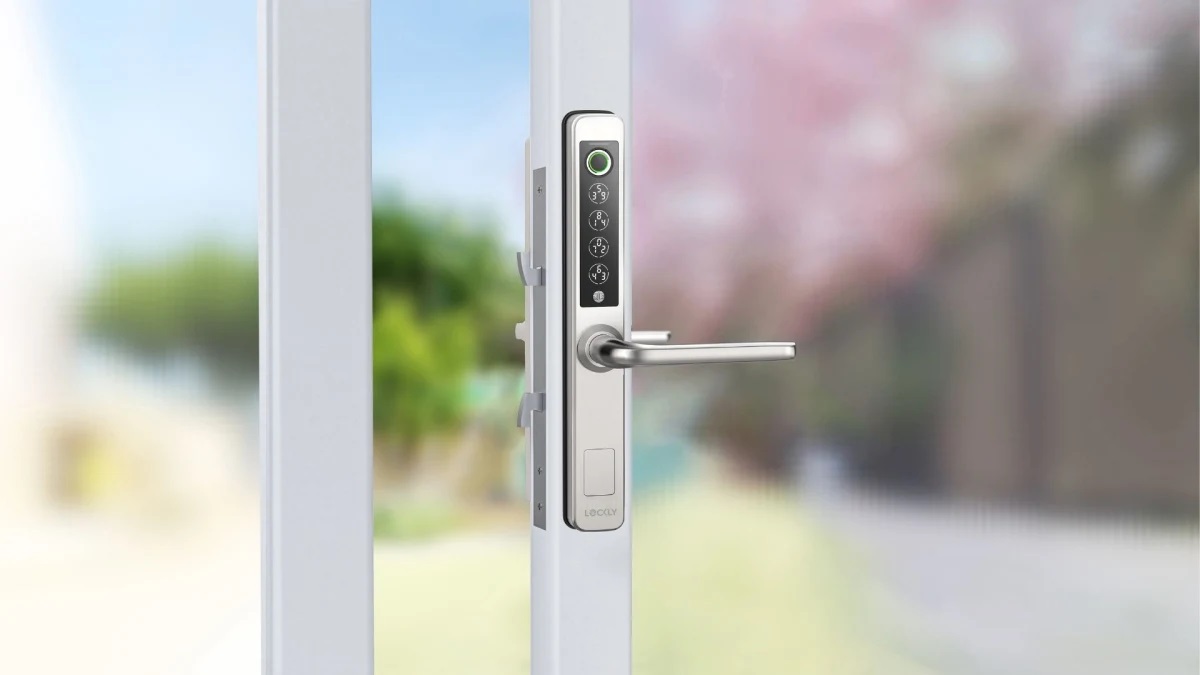
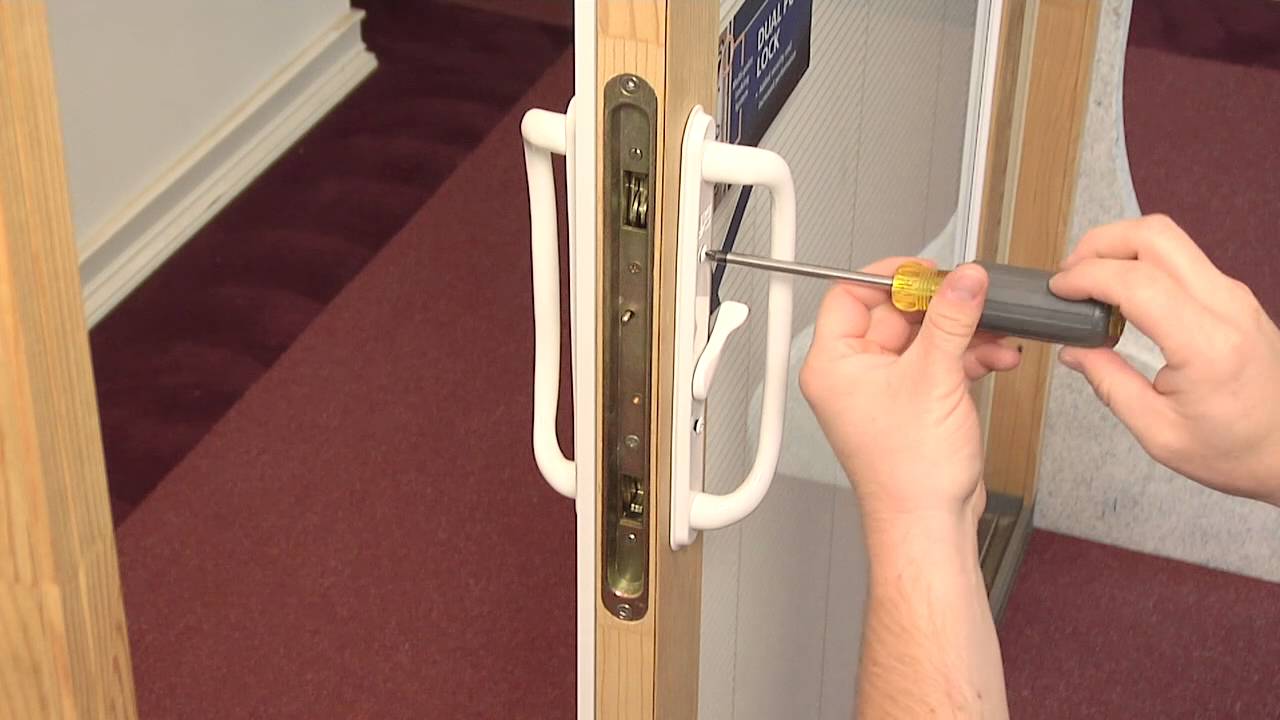
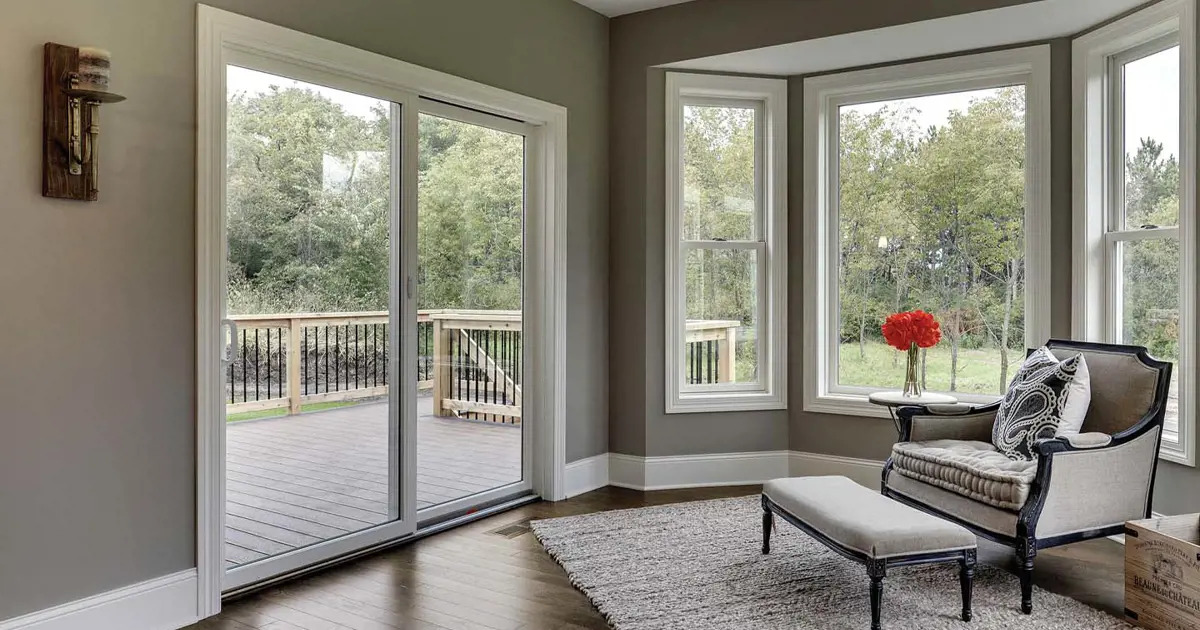
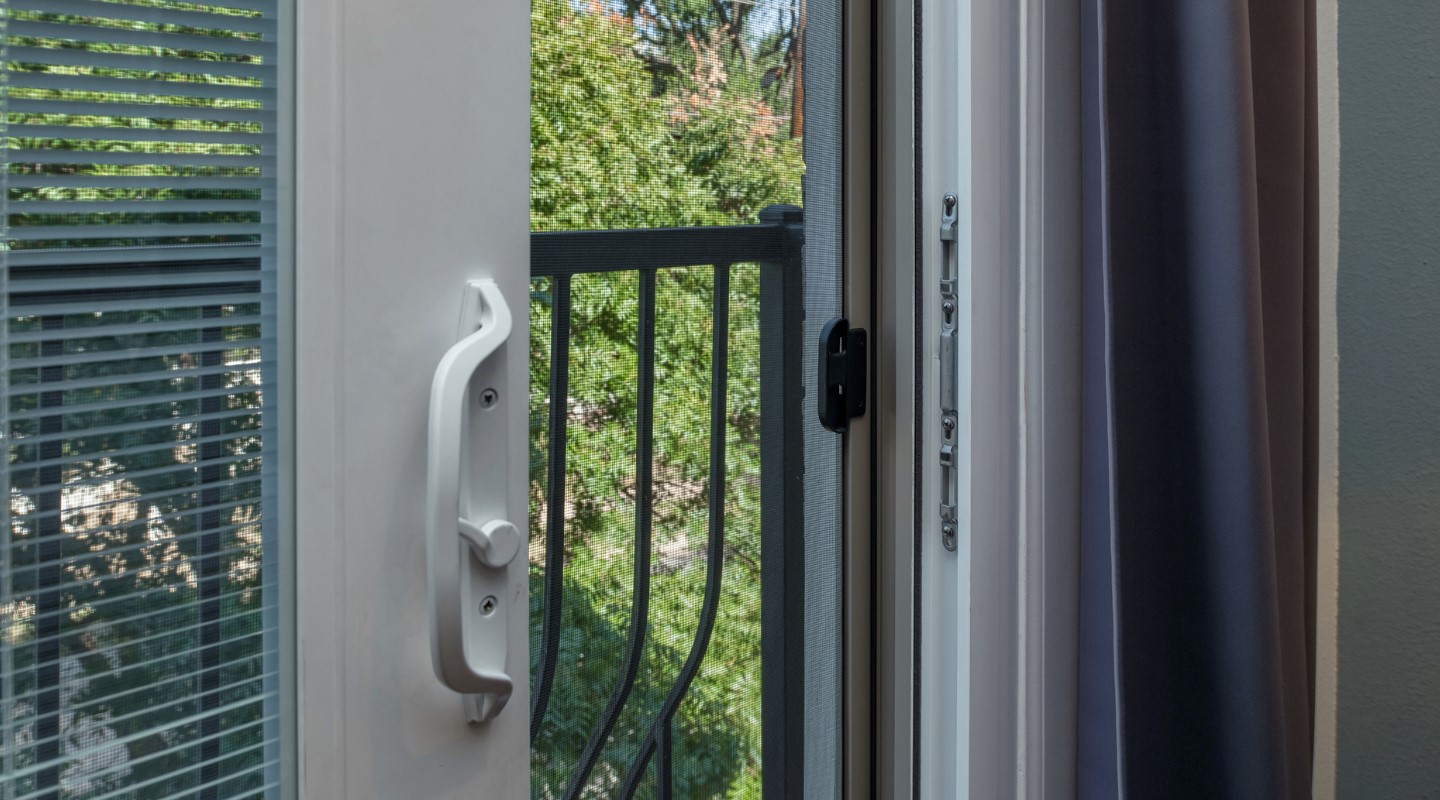
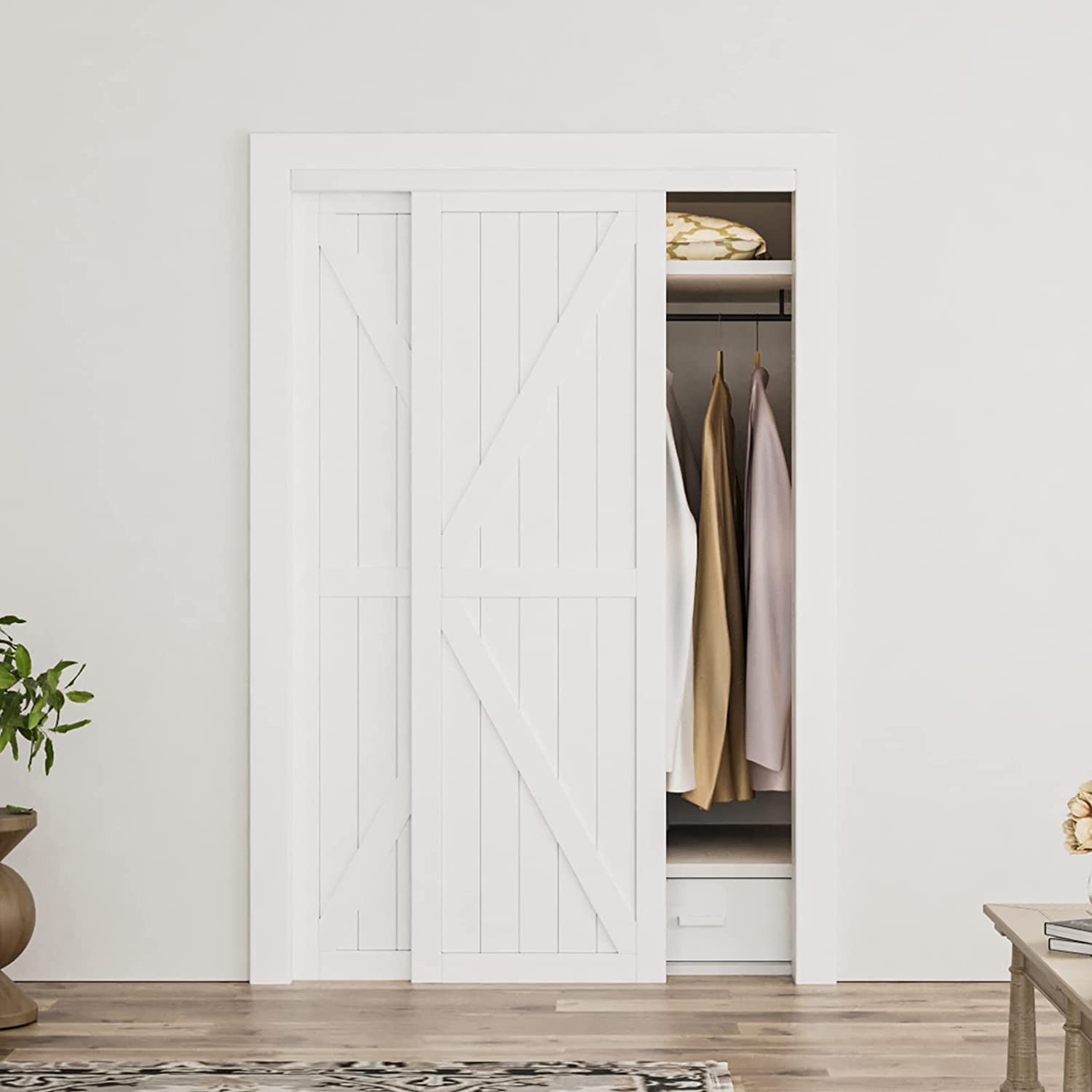
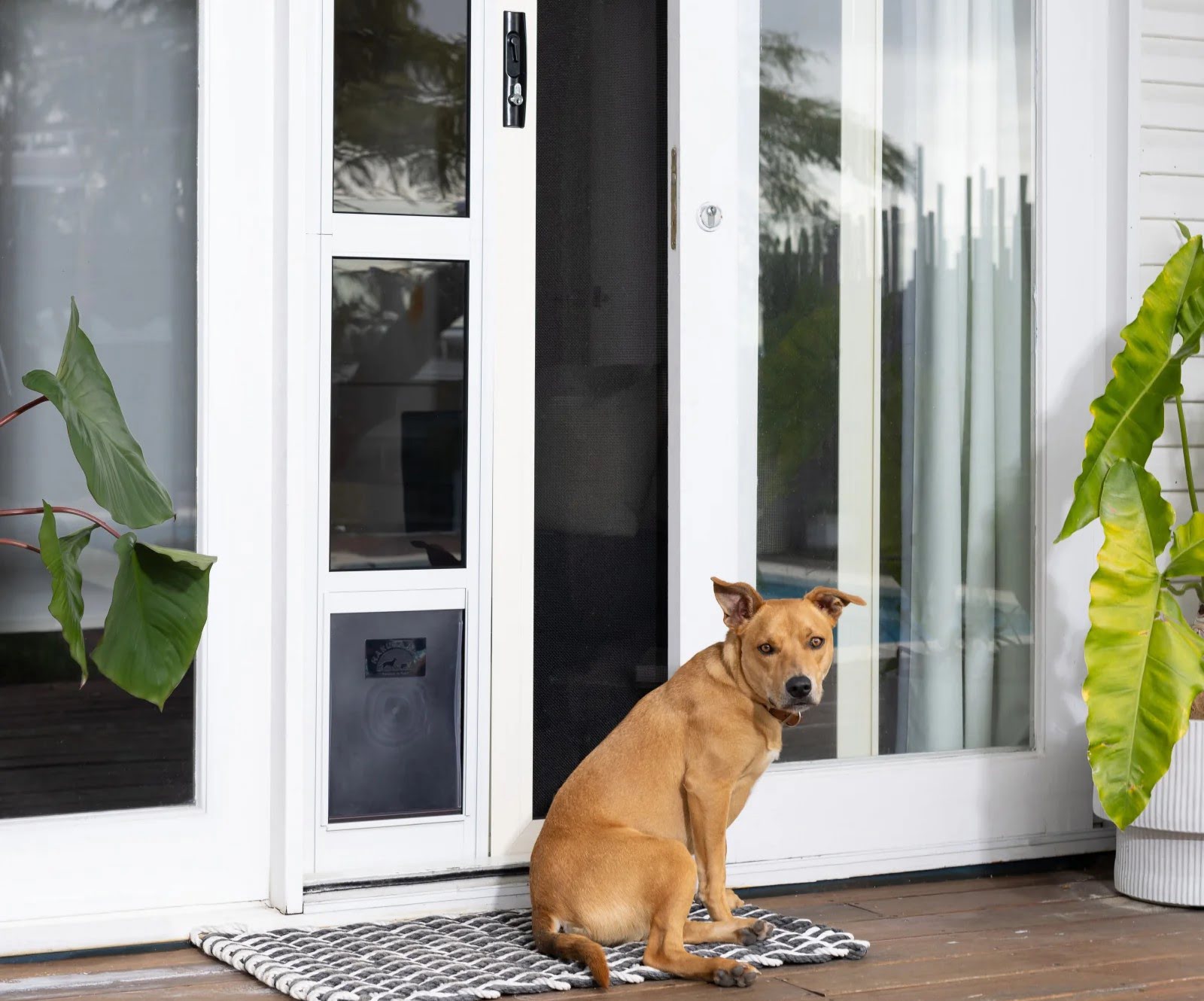
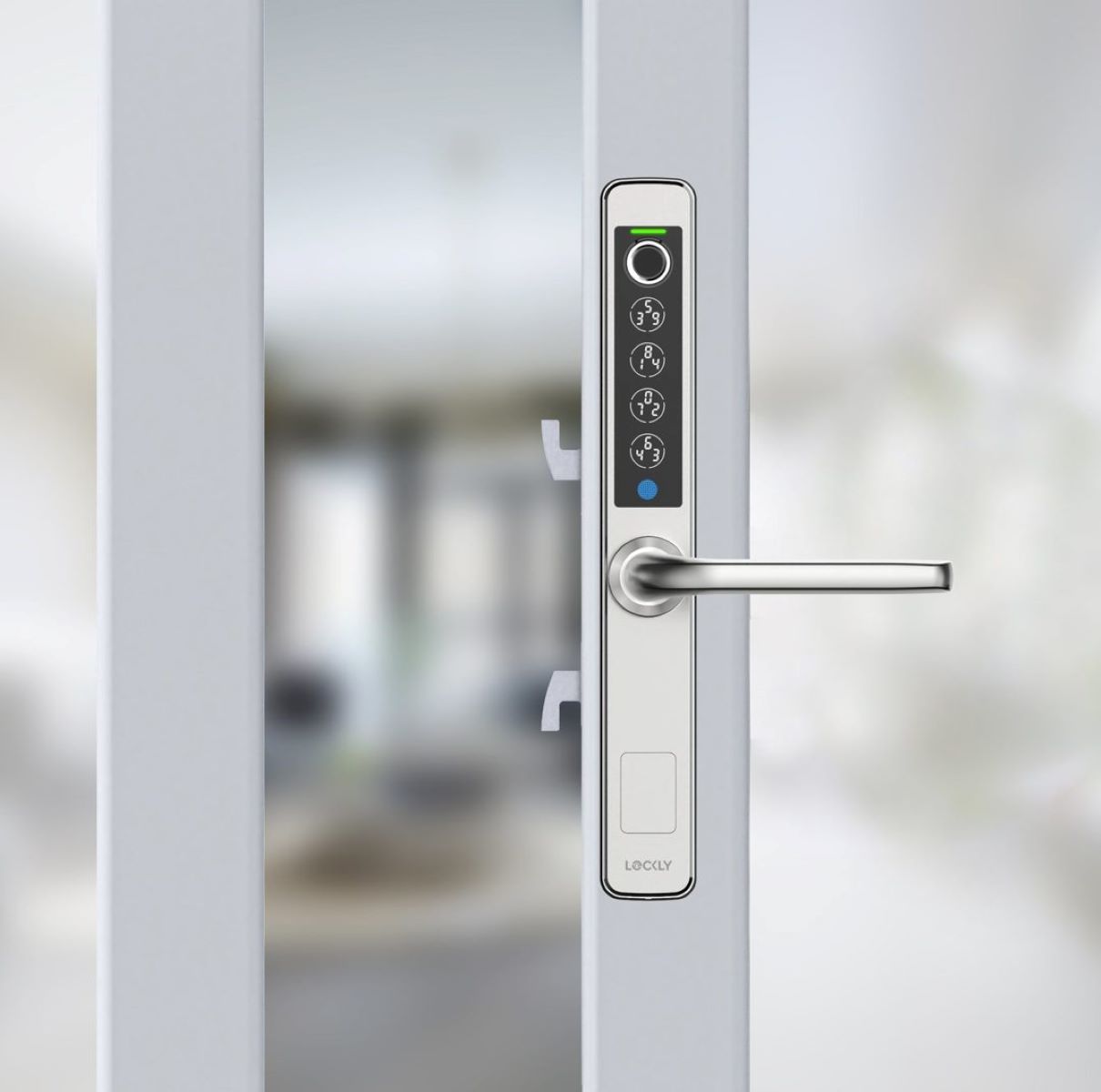
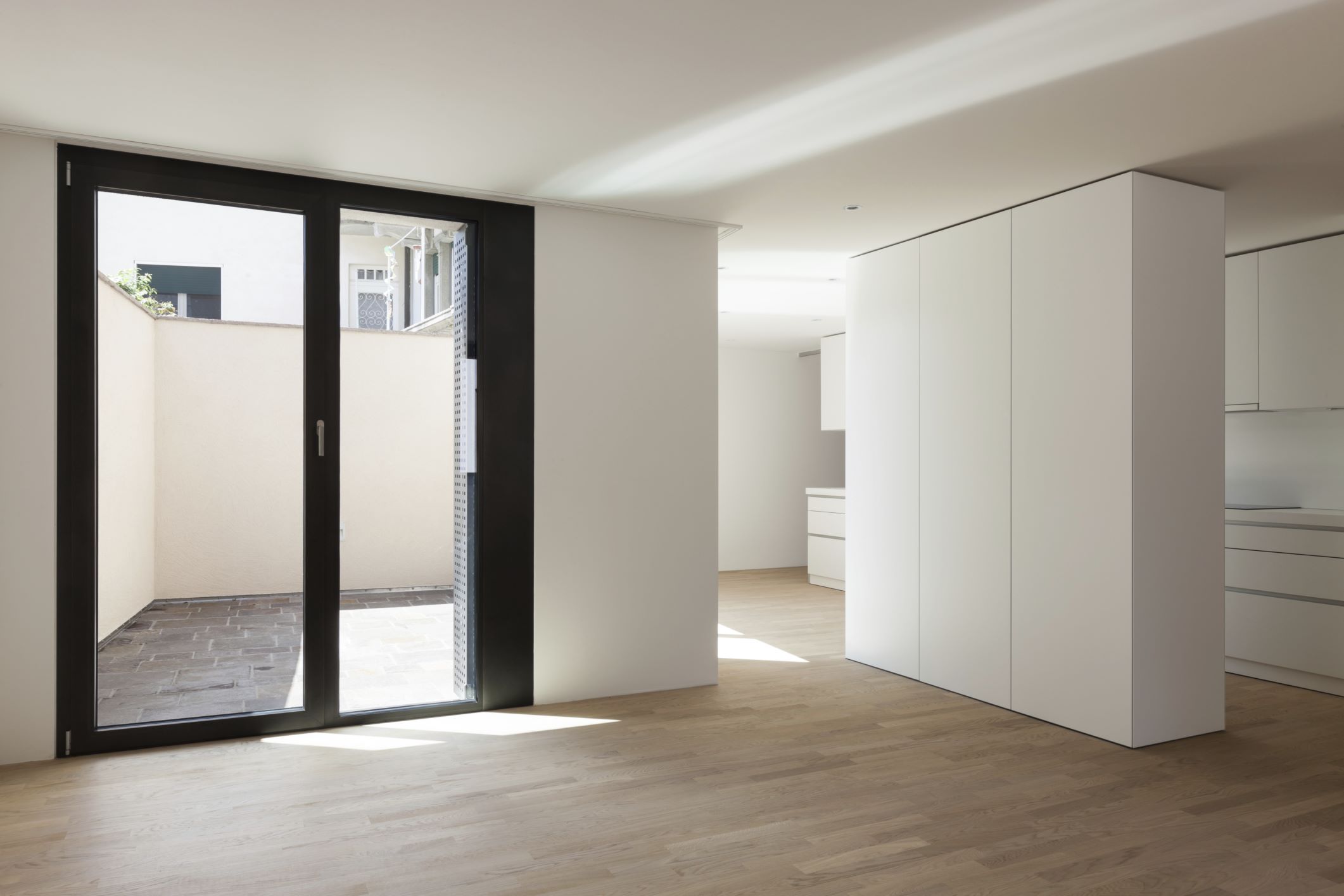
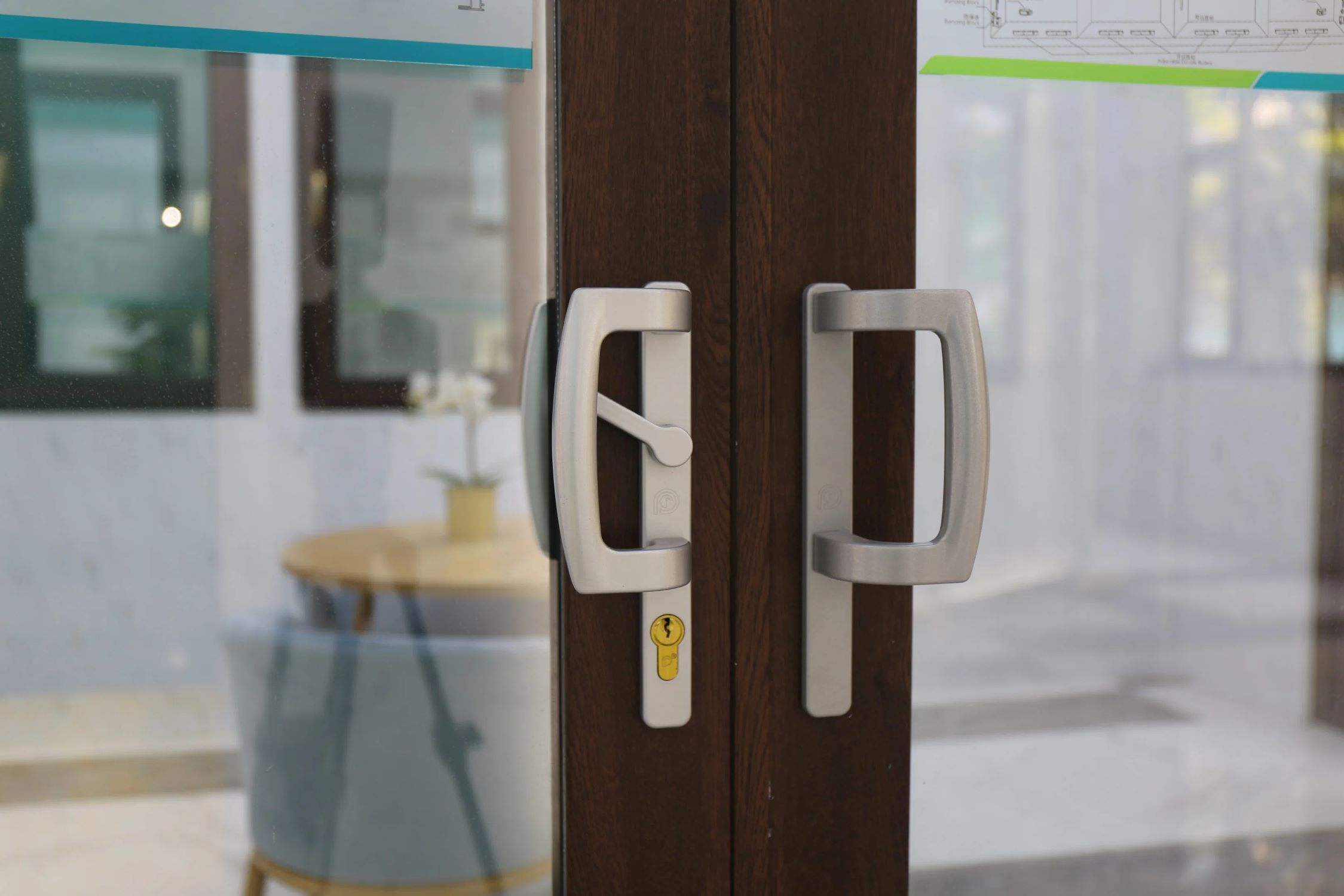
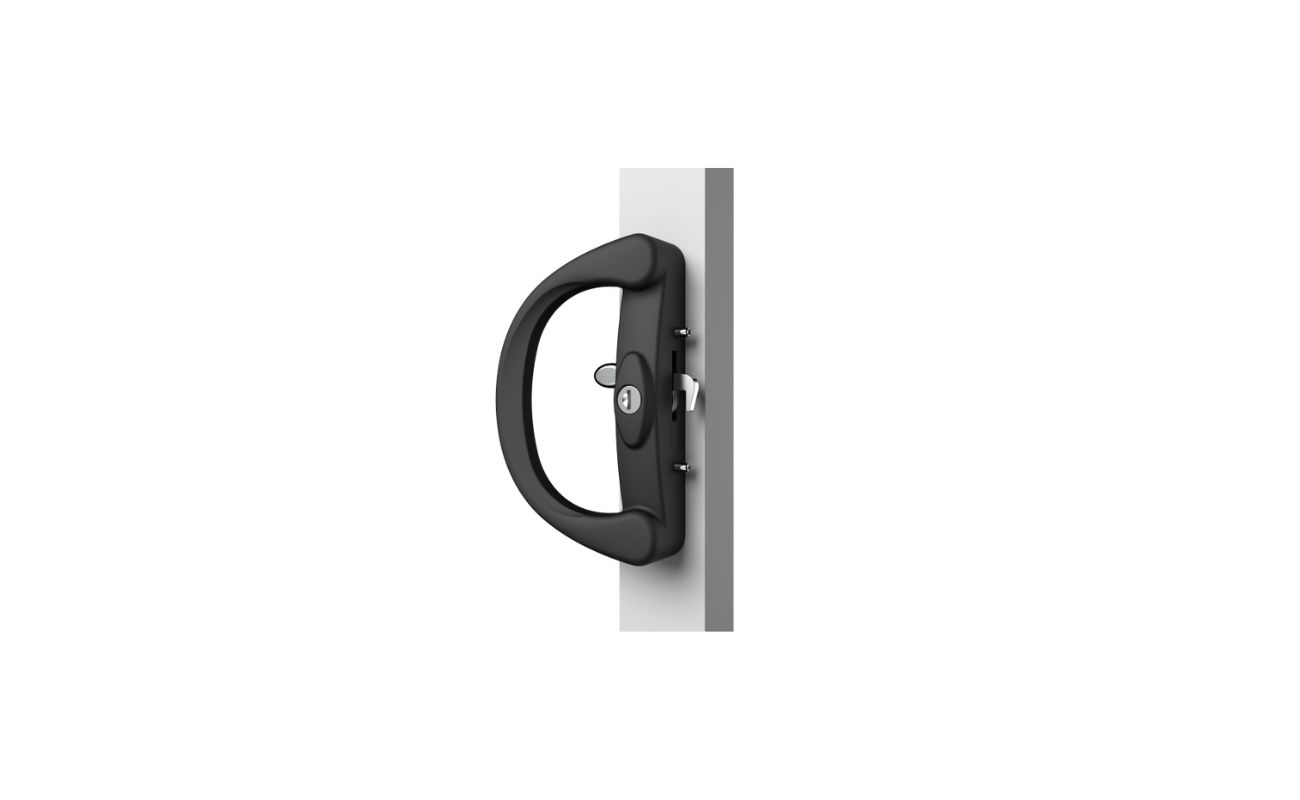
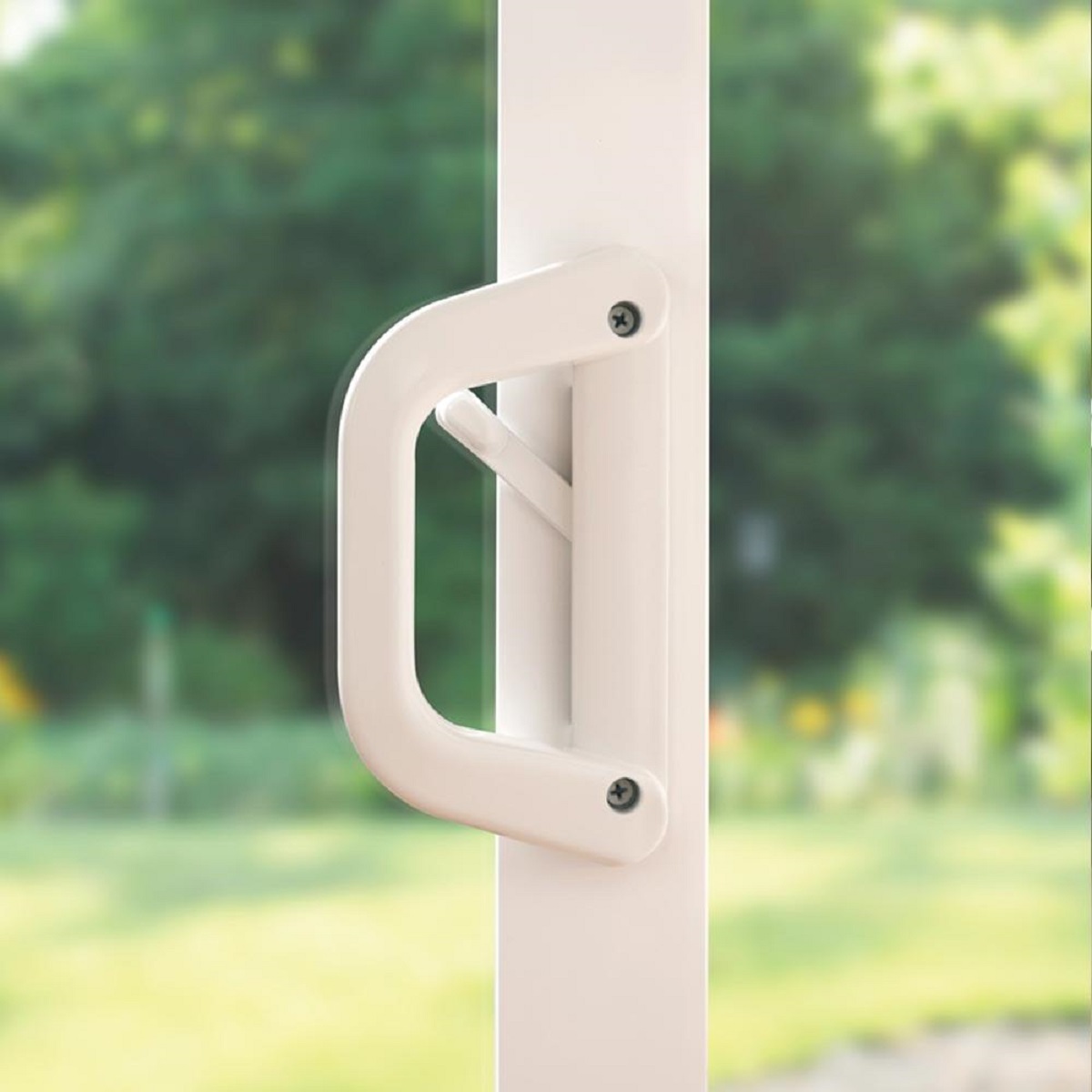
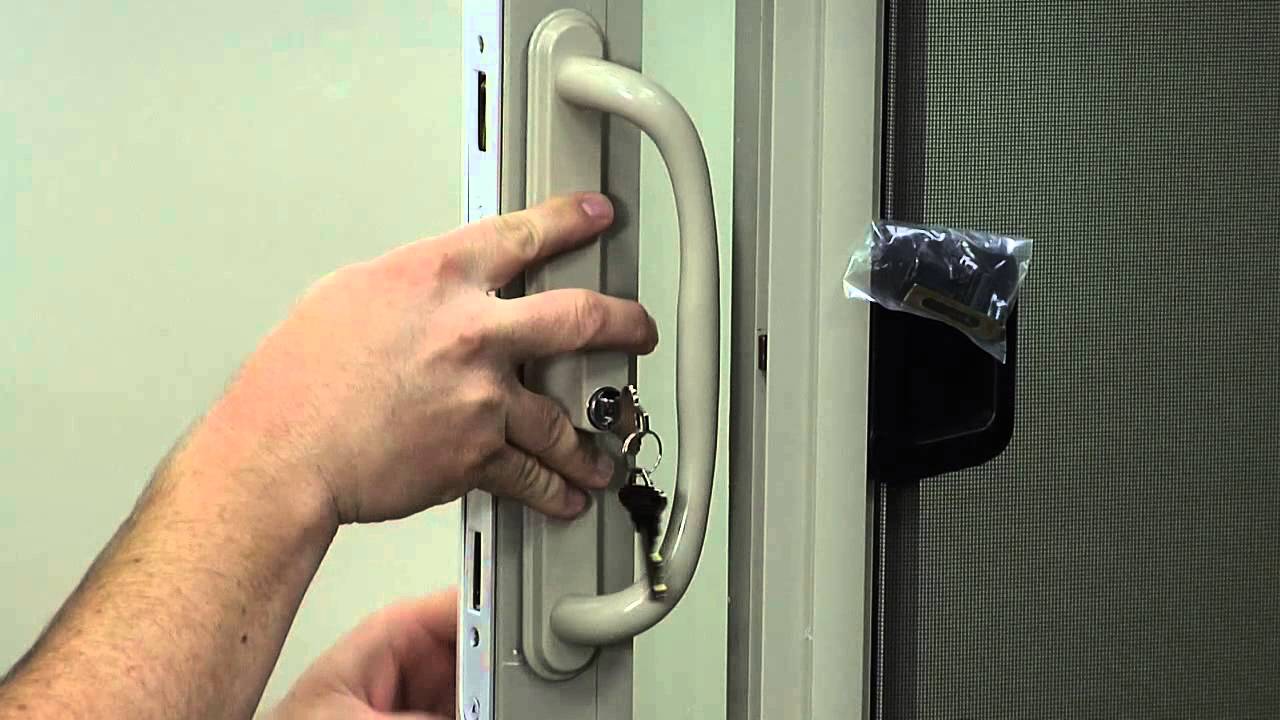
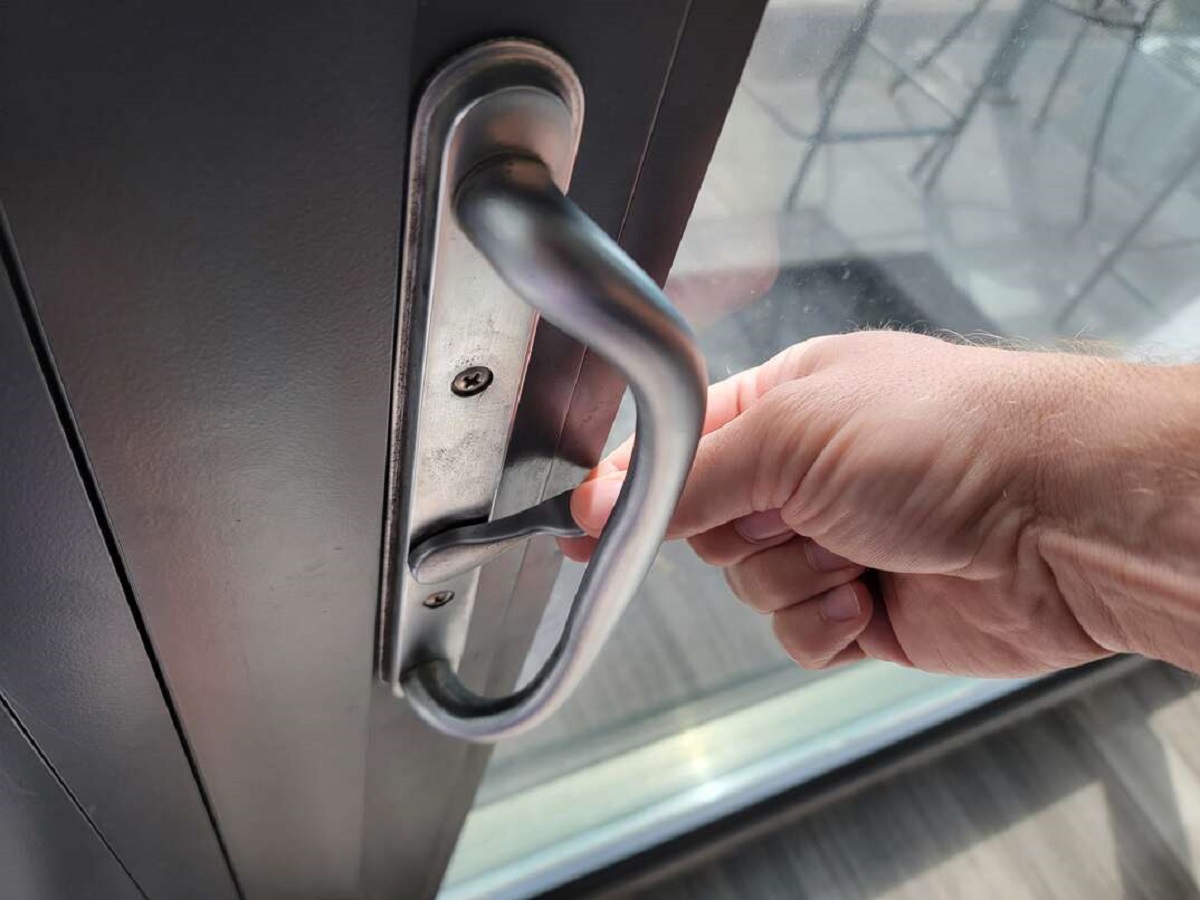

0 thoughts on “How To Lock A Sliding Door”